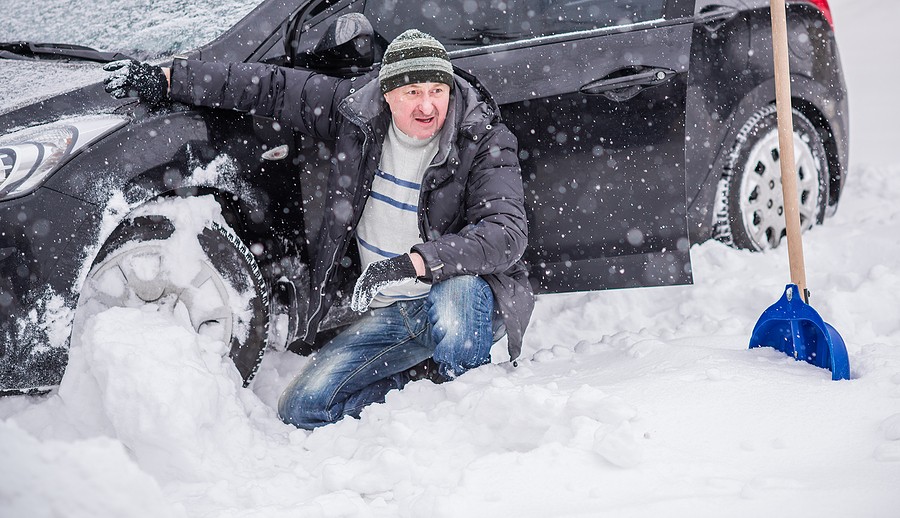It's no secret that cold weather can wreak havoc on your car. But what many drivers don't know is that it can also cause problems with the car's transmission. The National Institute for Automotive Service Excellence (ASE) says that a large percentage of all transmission problems occur during the winter months.
There are several reasons for this. For one, cold weather causes transmission fluid to thicken, leading to several problems. When it's cold outside, your car has to work harder than usual to generate heat and keep you warm. This extra strain can cause transmission components to wear out more quickly.
Read on for more details about the most common transmission problems in cold weather.
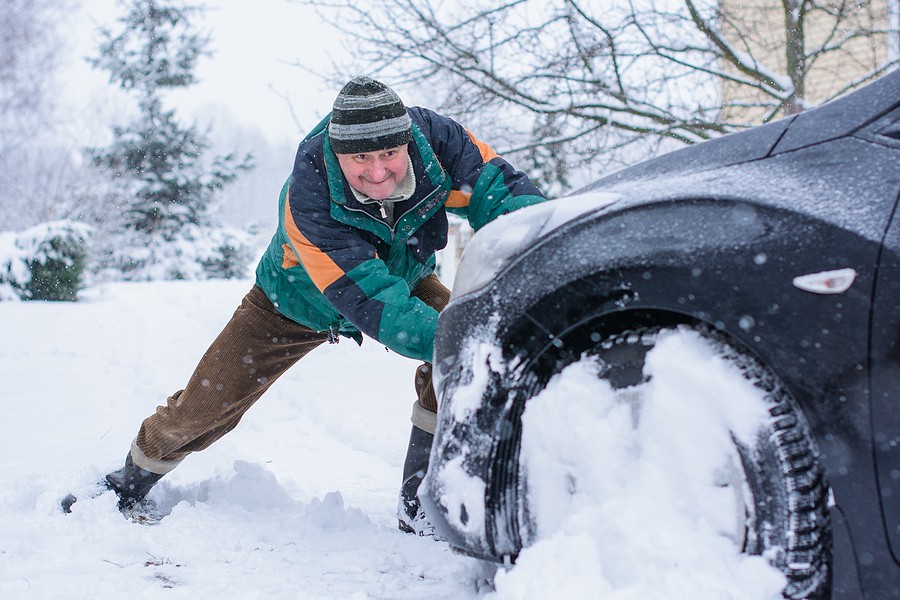
How does cold weather impact our vehicles?
Cold weather impacts our vehicles in many different ways. For example, when it's cold outside, the metal in your car contracts (becomes denser and smaller). This can cause problems for transmission components such as gears and seals since these parts need to be able to move freely at all times. It can also cause increased wear on hydraulic pressure circuits because oil becomes thicker when cold.
Another potential issue is that cold weather can cause condensation water vapor in the air. When it's cold outside, and your car is warm and dry inside, this moisture can turn to ice on transmission components. This causes shifting problems for several reasons. When there's ice on a clutch plate, it changes the way the clutch works and binds the transmission. Additionally, ice makes it more difficult for your car's engine to turn over, which means you'll have a hard time getting it started, and warm air won't enter your car quickly.
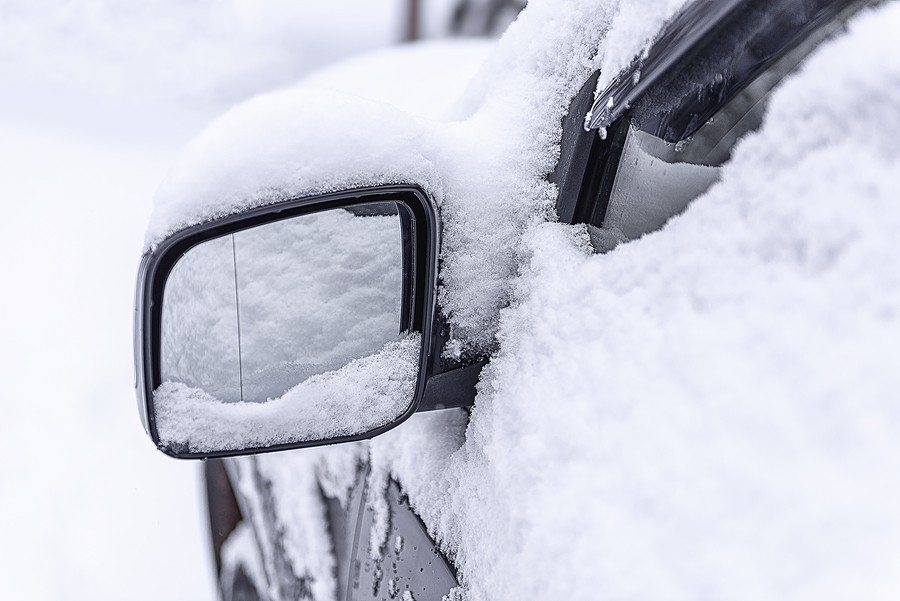
10 Transmission problems in cold weather
In addition to impacting multiple systems in our vehicles, cold weather can cause many problems to our transmissions. Let's take a closer look at some of the ten transmission problems in cold weather, along with their repair options and repair costs.
#1: Fluid leaks
When the fluid that lubricates and protects transmission components becomes too thick in cold weather, it can cause serious problems. For example, it can lead to increased wear and reduced efficiency over time because your car won't move as smoothly or efficiently as usual.
Additionally, if this builds up long enough, it can cause the fluid to leak, and you'll need a transmission oil change at some point. Fluid leaks can be repaired by adding new fluid, flushing the system and replacing seals and gaskets, or replacing components such as clutches or bands that have become damaged by excessive wear.
Repair costs: $120-$400
#2: Grinding or growling noises
Grinding or growling noises can indicate that your car's transmission is slipping out of gear. When this happens, you should be especially careful when accelerating and decelerating since your vehicle won't shift properly. This problem can be addressed by replacing worn clutch plates, pressure rings, and steels. Sometimes the gears themselves will need to be replaced.
Repair costs: $200-$2,000
#3: Transmission fluid changes color and smells burnt
When your transmission fluid starts to change color and smell burned, it's a sign that you need a transmission flush and fills at some point soon. If you notice this problem, get in touch with us today to take care of this for you. And don't forget to check out our coupons page for money-saving deals on the service you need!
Repair costs: $120-$450
#4: No response when shifting gears
If your car won't respond when you shift from one gear to another, something has gone wrong inside the transmission's valve body which controls how signals from the shift lever make their way to the transmission. We'll need to fix or replace faulty sensors and other components such as solenoids and shift valves when this happens.
Repair costs: $100-$3,000
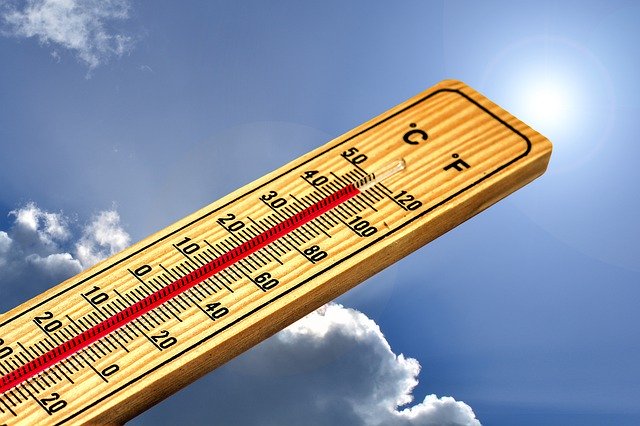
#5: Transmission fluid that's too red
If your car's transmission fluid is too red, it means that you're burning more fluids than normal. It can also mean that the seals are breaking down and leaking. This problem will likely get worse over time so contact us soon to take care of this for you. And don't forget to check out our coupons page for money-saving deals on the service you need!
Repair costs: $120-$450
#6: Transmission fluid that's too dark or black
When your transmission fluid is too dark or black, it means that oil isn't reaching all of the components in your vehicle. This can lead to serious damage because the components that have been starved of fluid can't be lubricated and will wear out quickly. We'll need to fix the problem by repairing or replacing faulty gaskets, seals, and other components when this happens.
Repair costs: $200-$2,000
#7: Transmission that won't come out of the park
When your car's transmission doesn't come out of the park, it means that the parking gear has not been disengaged. This problem can be fixed by replacing the park release cable located inside the transmission.
Repair costs: $100-$2,000
#8: Transmission fluid leaking from pan gasket
When the transmission pan gasket starts to leak, something is preventing it from forming a good seal. We'll need to remove and replace faulty or damaged gaskets to fix this problem.
Repair costs: $50-$400
#9: Transmission slipping out of gear
When your car or truck's transmission starts to slip out of gear, it means that you need more force than usual to shift gears. This might be caused by a problem with the drive gear and bearings which will require replacement.
Repair costs: $200-$2,000
#10: Transmission slipping in and out of gear
When your car's transmission starts to slip in and out of gear, it means that something is making it stick. This could be a problem with the clutch, bands, or valves, which we'll need to inspect and replace if necessary.
Repair costs: $200-$3,000
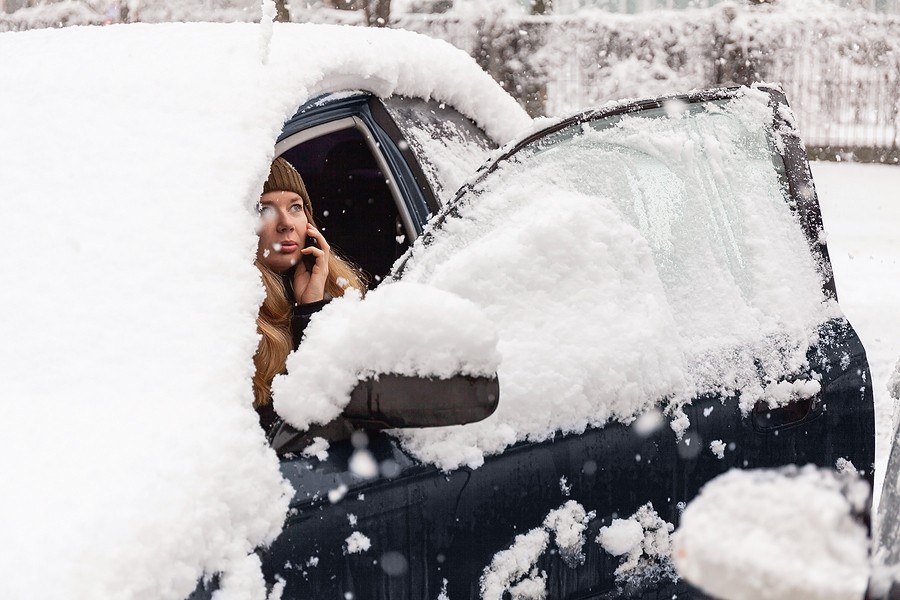
How to avoid transmission problems when it's cold outside?
As you might notice, several transmission problems are caused by the vehicles inside being too cold. So what can you do to avoid these problems? Here are a few tips to help you out:
- Prevent your car from sitting outside all day. The more time it spends in extreme temperatures, the higher the likelihood that something will go wrong.
- When it's cold outside, keep the inside of your car warm. This will help prevent your transmission fluid from congealing and help other components to operate normally.
- If you need to leave your car out in the cold all day, use a battery blanket so that it remains warm. And don't forget about the fluids which are more likely to congeal in these conditions, so they don't cause problems when you drive your car.
- If you need to leave your car out in the cold while it's running, place a heat source underneath the engine bay so that the fluids are kept warm at all times. This will prevent them from freezing up.
- If you must keep your vehicle outside overnight or for an extended period, use winter tires instead of regular ones, which are more likely to slip on snow and ice. And never leave your windows open, which can lead to serious damage if they freeze over while closed!
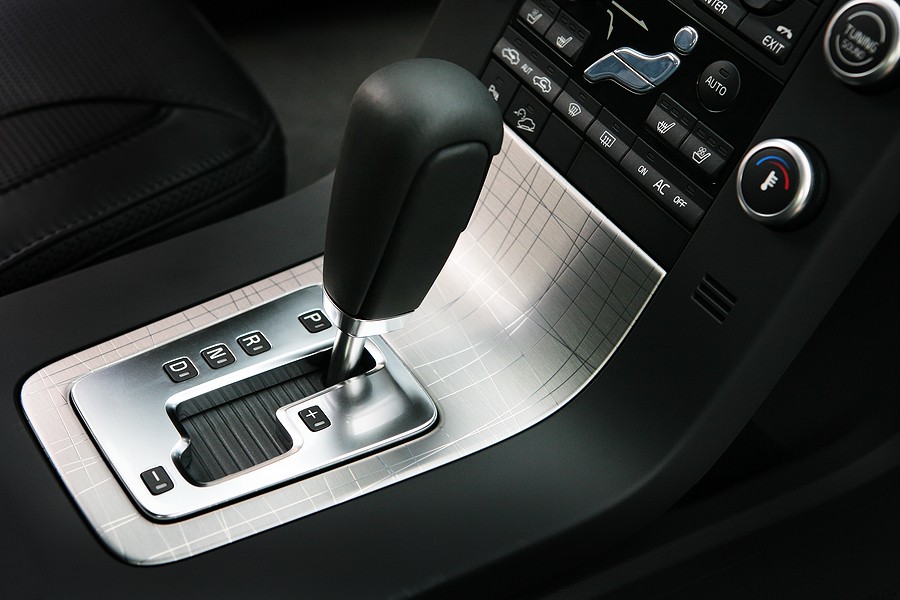
Signs that you need a repair for your car's transmission
Suppose, for any reason, you had to park your vehicle outside in the cold weather, and you suspected dealing with transmission problems. In that case, there are certain symptoms you can keep an eye for, indicating your transmission needs attention. Here are the ten most common symptoms of a bad transmission:
#1: Transmission fluid is brown or rusty
When your transmission fluid is rusting, water has mixed in with the oil, creating acid. This can cause serious damage to your car's components, so you'll need to bring it in for a repair ASAP.
#2: Transmission doesn't shift gears smoothly
If your car's transmission tends to slip, jerk or hesitate when shifting gears, it means that something isn't right inside the gearbox. This might require a repair because if you continue driving your car in this condition, further damage can take place, which will be more expensive to fix.
#3: Transmission fails to shift out of the park
This problem is similar to having a vehicle with an automatic transmission that won't come out of the park. The only difference is that it occurs at other times, which makes this a sign of bigger problems within your car or truck's gearbox.
#4: Transmission makes strange noises while shifting gears
When your car's transmission starts to make weird noises while shifting from one gear to another, chances are there's a problem with the gears and bearings.
#5: Transmission slips out of gear
When your vehicle's transmission starts slipping out of gear during acceleration, it means that something isn't right. The problem might be with the torque converter we'll need to inspect to determine what needs replacing.
#6: Transmission overheats or doesn't stop overheating once the car is turned off
If you start noticing that your car's engine is overheating as soon as you drive it, even for a few minutes, your transmission could be at fault since this indicates there's too much pressure inside the fluid. However, if ignored long enough, this can cause internal damage so bring it to a shop ASAP! And if the overheating only occurs after you turn off your car, the problem is likely caused by a faulty radiator fan which can be repaired if it's still under warranty.
#7: Check engine light appears on the dashboard
When your check engine light comes on and stays on, this tells us that there is an issue with your car's transmission either at the moment or in the past. We'll need to use a diagnostic scanner to look into it and determine what needs replacing.
#8: Fluid leaks from transmission pan gasket
A bad transmission pan gasket will cause leaking fluid, so if you notice some under your car after parking overnight, you know what needs fixing! This problem can typically be repaired rather than replaced, but we recommend bringing it in to inspect things further. And always have your car or truck's transmission regularly serviced to avoid problems down the road.
#9: Transmission fluid is black, dirty, or smoky
When you notice that your car needs its transmission flushed because it has become dark, dirty, and smoky, this means that something isn't right inside the gearbox, which will require further inspection. We'll need to check into this problem further before giving you an estimate on repairs. And always have your vehicle's transmission checked for signs of wear & tear during regular oil changes!
#10: Fluctuating shifting pressure; requires frequent adjustment
When manually adjusting the throttle linkage doesn't work anymore to compensate for hard or soft shifting conditions, it means that there's probably a problem with the throttle position sensor. This is a better problem to repair than replace since it doesn't cost much and can be done quickly.

Cost of repairs for your car's transmission in winter months and non-winter months
Repair costs for your car's transmission tend to fluctuate every three months; these are averages based on real-life experiences. The listed prices also vary depending on the shop you take your vehicle to, the severity of the problem(s), and whether or not parts need replacing as well.
#1: Repair costs in winter average at $800
High: $2000 (replace a transmission, re-install, and add winter package)
Low: $400 (replace worn wheel bearings; adjust parking brake shoes; flush & refill system with fresh fluid; replace rear differential boot)
#2: Repair costs in non-winter months average at $600
High: $1800 (replace transmission & torque converter, re-install and add winter package)
Low: $200 (flush & refill system with fresh fluid; replace worn wheel bearings; adjust parking brake shoes)
The above repair costs assume you live in a state where salt isn't used for de-icing roads, so repairs tend to cost more if you live in a snowy area. Also, note that labor rates can vary from shop to shop, so your bill could be slightly lower or considerably higher than the averages posted here – it all depends on where you take your car or truck and the mechanic(s) who work on it.
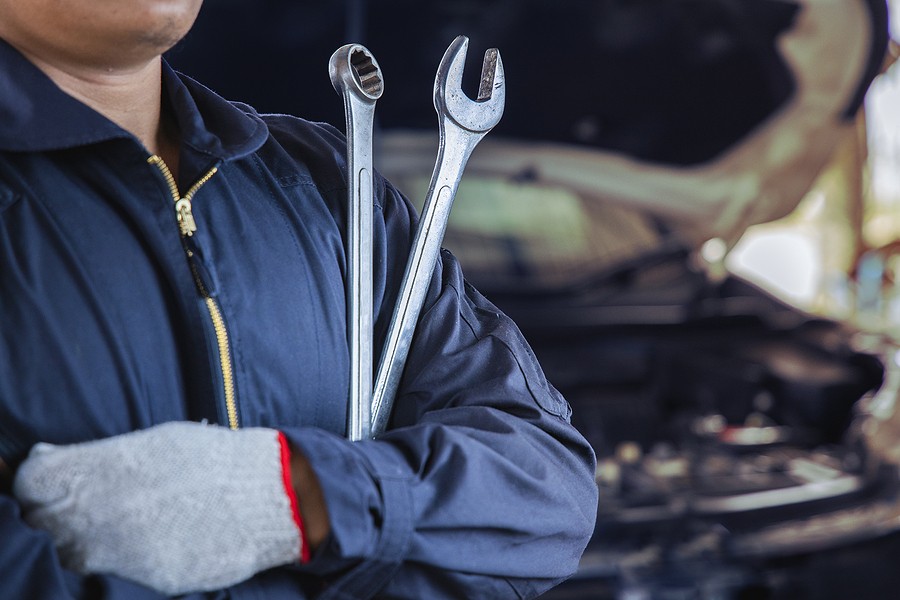
Conclusion
As you can see, several potential transmission problems can occur during the cold winter months. It's important to be aware of these so you can take your car in for repairs as soon as possible if they start happening.
The average cost of repairs tends to fluctuate every three months, so it's best to stay ahead of the game by knowing what to expect. And always have your car or truck's transmission regularly serviced to avoid bigger (and more expensive) problems down the road.

